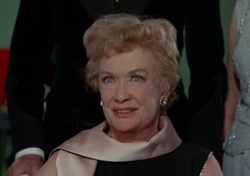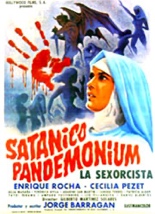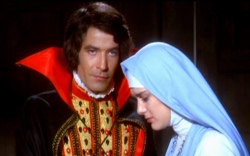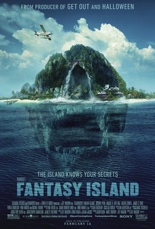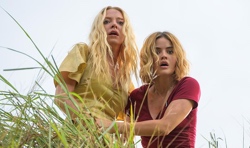
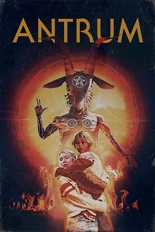 Antrum: The Deadliest Film Ever Made is a documentary about — what else? — Antrum, an European horror movie from the 1970s reportedly so cursed and evil, it quite literally claims viewers’ lives. As a result, the movie never made it past festival screenings and into general release before being pulled and lost … until now.
Antrum: The Deadliest Film Ever Made is a documentary about — what else? — Antrum, an European horror movie from the 1970s reportedly so cursed and evil, it quite literally claims viewers’ lives. As a result, the movie never made it past festival screenings and into general release before being pulled and lost … until now.
Of course, it doesn’t truly exist, because Antrum: TDFEM (as we’ll abbreviate it) is a faux documentary. The sequences setting up its premise of legitimately malevolent celluloid achieve that rare mix of being credible and exciting, working just as these things should. Co-directors David Amito and Michael Laicini then succumb to temptation and show us the movie in its entirety.
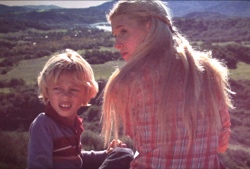 Grainy, scratched, softly focused and entirely Caucasian, it certainly looks the part. In this fake film within the fake doc, towheaded teen Oralee (Nicole Tompkins, from the fake Amityville Horror sequel The Amityville Terror) takes her mop-headed little brother (Rowan Smyth, from a real 2015 movie titled Fake) deep into the woods on a special mission: to dig a hole to hell in order to save the soul of their newly dead pup, because their terrible mother told them most assuredly, all dogs do not go to heaven. They push their shovels into the dirt where Satan himself was rumored to land after being kicked out of those Judeo-Christian clouds. And as the adage on good intentions goes …
Grainy, scratched, softly focused and entirely Caucasian, it certainly looks the part. In this fake film within the fake doc, towheaded teen Oralee (Nicole Tompkins, from the fake Amityville Horror sequel The Amityville Terror) takes her mop-headed little brother (Rowan Smyth, from a real 2015 movie titled Fake) deep into the woods on a special mission: to dig a hole to hell in order to save the soul of their newly dead pup, because their terrible mother told them most assuredly, all dogs do not go to heaven. They push their shovels into the dirt where Satan himself was rumored to land after being kicked out of those Judeo-Christian clouds. And as the adage on good intentions goes …
The problem with showing Antrum within Antrum: TDFEM? Amito and Laicini’s preface so expertly builds the sordid history of the cursed film, anything that follows is bound to disappoint your mind’s expectations — and the title’s use of a superlative sure doesn’t help their cause, either. It implies what you’re about to see is more disturbing than The Exorcist, is scarier than The Texas Chain Saw Massacre or out-spooks [insert legendary horror film of your choosing here]. On that ladder of fear, Antrum stands one rung above ground level. In fact, I was so bored by its inertness that I fell asleep, even though I had just finished two cups of coffee. Starting over proved no better.
Although Antrum doesn’t satisfy as a movie, I can recommend it as a puzzle. Like Book of Shadows: Blair Witch 2, it is full of subliminal messages and imagery, and Easter eggs galore. Those who enjoy scouring frames to unearth such things should have a field day — maybe even two — with this one. —Rod Lott



